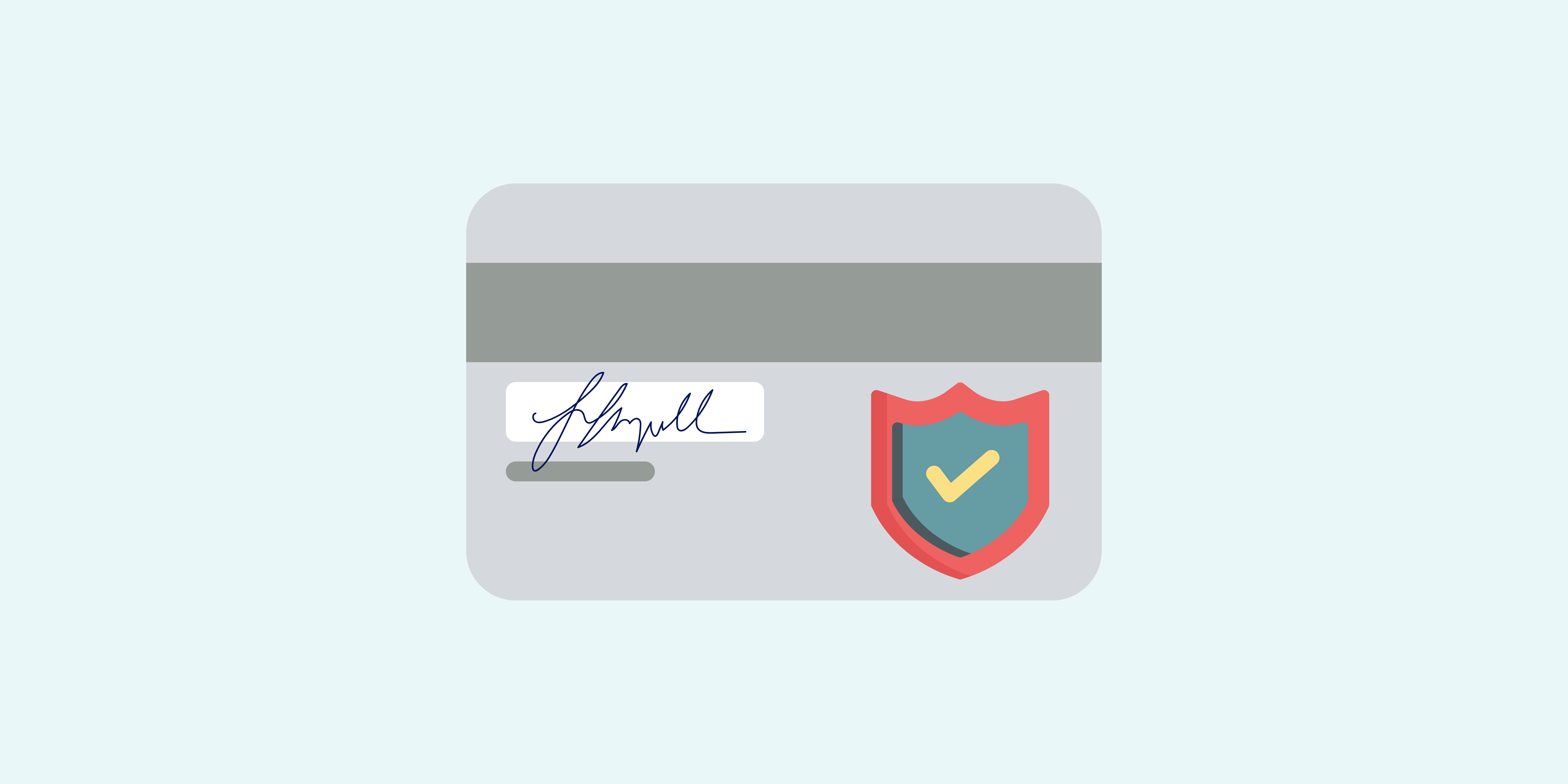Credit Risk assesses the chances a loan or bond won’t be repaid on time. It also assigns various levels of risk to those odds.
Credit risk refers to the possibility that a loan or bond won’t be repaid as scheduled, or at all.
National governments are thought to be the best credit risks, as they have the power of taxation and monetary authority. This means that they can levy taxes or print money to pay their debts (although this wouldn’t last too long!) Provincial and municipal governments also have sources of tax revenue.
The corporate sector must pay their obligations out of their cash flows, which depend on their business conditions and success. Investors assess these issuers, often using “credit ratings” from credit rating agencies, which rate issuers on their capacity to repay their debts.
Issuers deemed to have a low chance of default are called “investment grade”. Those with “speculative qualities” are called “less than investment grade” or “junk bonds”. The lower the quality, the higher the interest rate or yield necessary for an issuer to pay.





